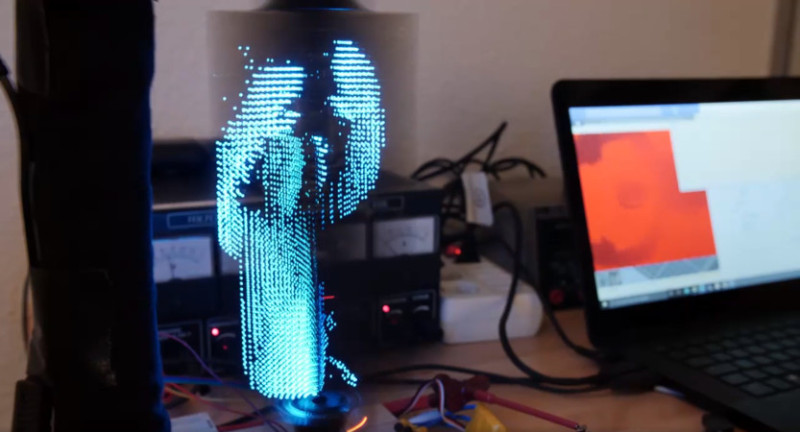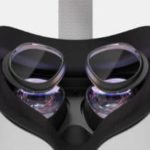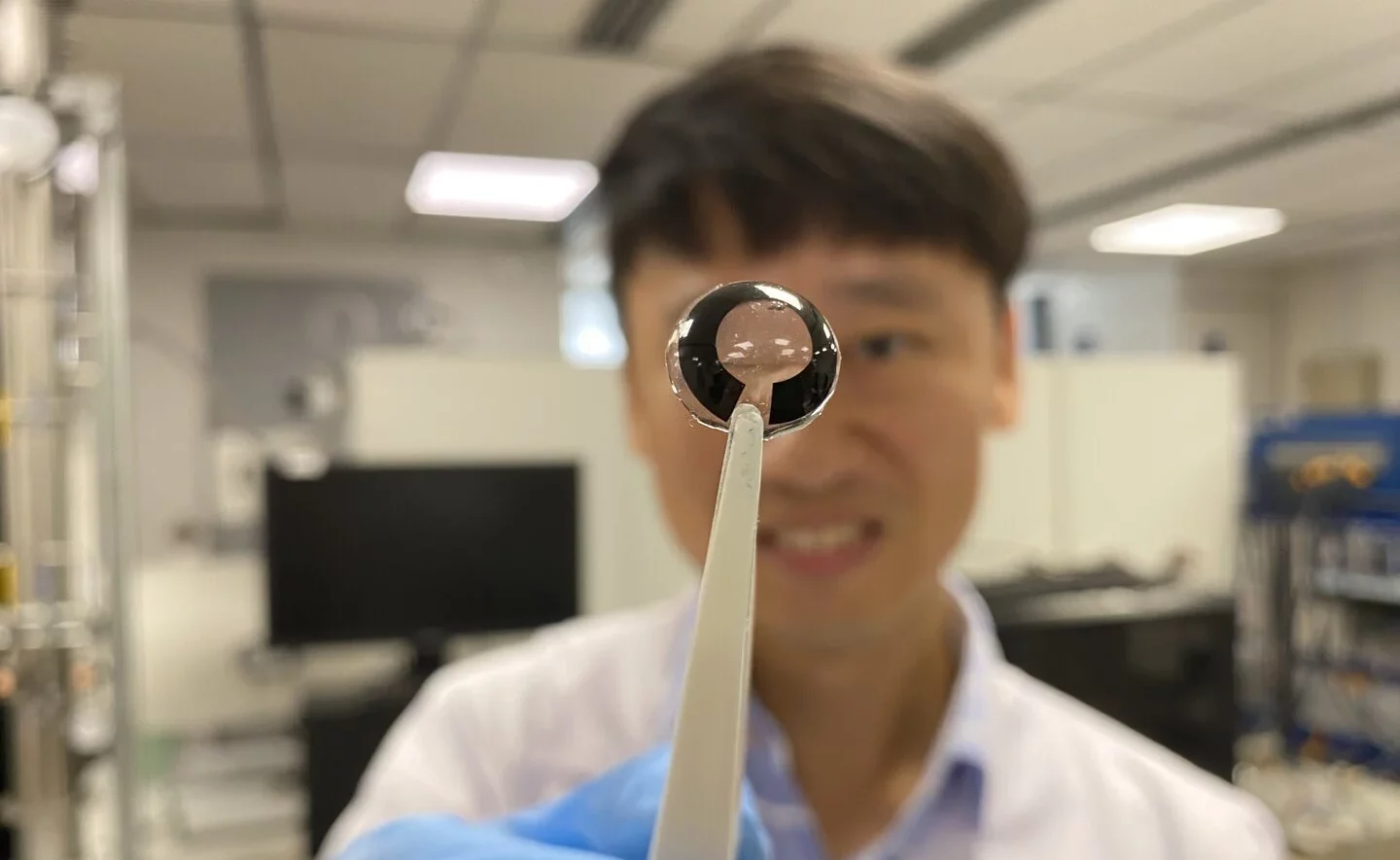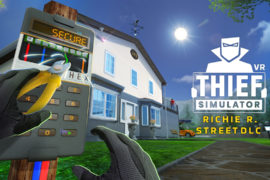Stream 3D holographic imagery in real-time.
When it comes to modern-day POV-Displays, like those LED fans that spin to create “holographic” imagery, Jan Jessen—aka u/Evlmnkey—is far from impressed. Holographic messages and pre-made 3D animation are interesting to look at, but that’s just about all they’re good for. It was only when Jessen stumbled across a short video of a KinectPV2 point cloud recording of two people dancing in real-time, that they realized this type of technology could be used to create a volumetric 3D television capable of showing live images.
In a video posted to Reddit, Jessen can be seen controlling a tabletop-sized 3D hologram in real-time using a motion-tracking sensor. The hologram display is made up of a hodgepodge of parts such as an Adafruit LED matrix panel driven by an ESP32 microcontroller. Jessen does list all of the parts used as part of the project, but finding them is a different story altogether. If you’re up for the challenge, it’s all there!
According to Jessen, the thesis hologram project required a lot of trial and error. The first 6 weeks were dedicated to establishing a stable display image using the ESP32. “Most libraries are made for 30fps color, I needed 2000fps monochrome,” wrote Jessen on Reddit. Once they were able to maintain one solid color without flickering, attention was then focused on getting the TCP/IP data transmission to work between the ESP32 on the display and their computer.
Of course, hardware wasn’t the only obstacle Jessen faced. The creator had to work through a myriad of software issues. Jessen, who has no experience with Raspberry Pi, was in need of the right software. At the end of the day, Jessen ended up learning how to write the panel-control logic code from scratch.
Since all of the code needed for the microcontroller is timing-sensitive, there was no room for mistakes, so the solution for Jessen was to move as much of the work as possible to the computer. Though it was time consuming, Jessen did say that the software process was an enjoyable and learning-friendly experience.
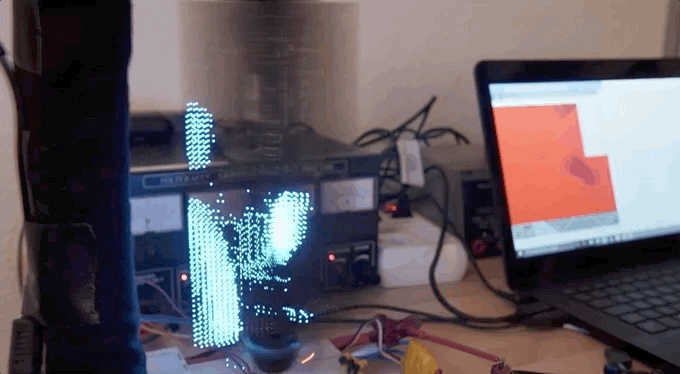
In a brief message exchange with VRScout, Jessen told me that their device “doesn’t have a lot of future applications,” and that “It’s just a gadget built to look cool.” In the end, they ended up building a volumetric 3D closed-circuit TV system capable of producing live holographic imager; I’d say that’s pretty noteworthy.
Jessen does play down their hologram project during our exchange saying, “What I build is nothing new, no invention.” Jessen may be right, but that won’t stop me from dreaming of a world where everyone has access to Avengers-style hologram.
Feature Image Credit: Jan Jessen
The post Student Builds Volumetric 3D TV To Complete Bachelor’s Program appeared first on VRScout.
